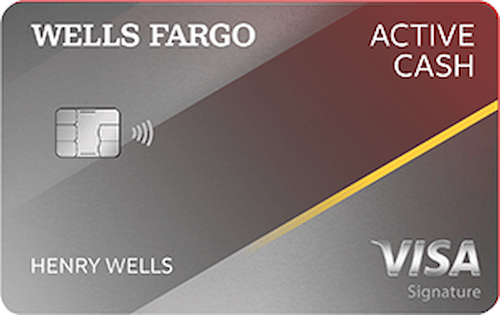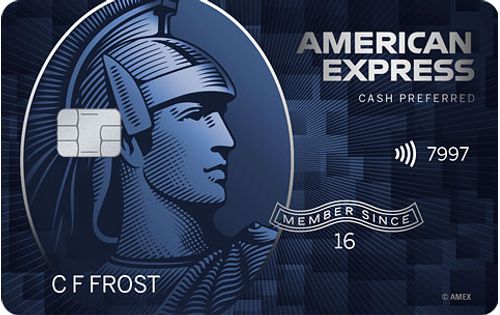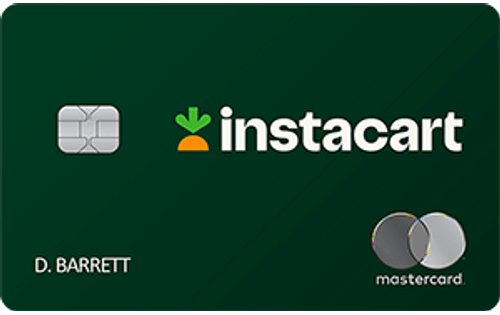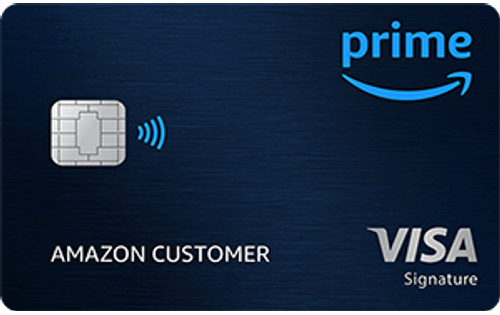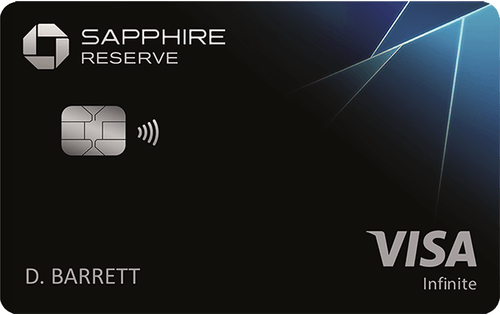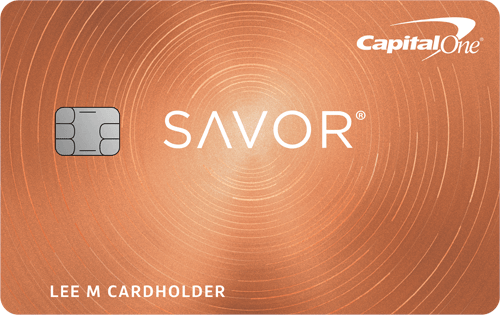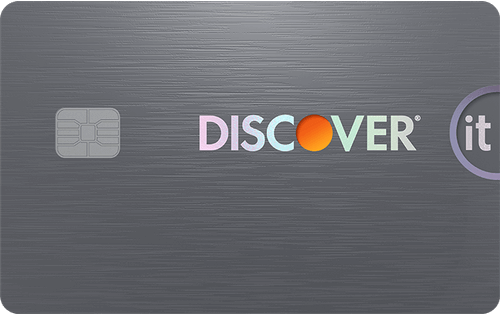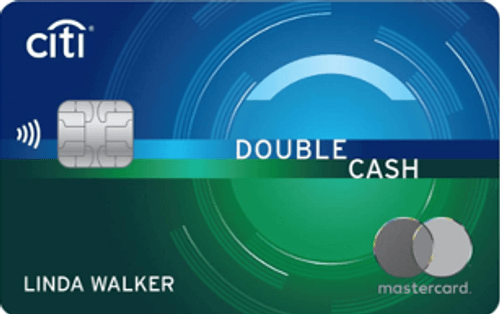- 7 tips for saving on shopping
- Best shopping credit cards compared
- Methodology
- Sources
- About the author
- User questions & answers
7 Tips for Saving on Shopping
- Budget Strategically. It’s hard to tell whether you’re overspending if you don’t know how much you can afford to spend as well as how much you actually spend. So you need to make a budget and stick to it. Start with your monthly take-home pay and subtract necessities such as rent, food, health insurance, credit card and loan payments, and retirement savings. Then figure out how you’d like to use the remaining amount. You may want to devote some to savings and earmark the rest for fun, such as shopping, for example. Once you know how much you can afford to spend on the various things you need and want to buy, you’ll be able to compare your credit card transactions to your plan to see if you’re overspending.
- Pick an Everyday Card. Using the Island Approach is another easy way to keep your spending in check. The idea is to use at least one credit card solely for everyday purchases that you should be able to pay for in full by your due date(s). If you ever see interest charges on your everyday account(s), you’ll know that you’re spending too much. And if you already have credit card debt or plan to make a big purchase that will take months to pay off, you can use a 0% credit card for that.
- Shop Around & Set Alerts. We all know that comparing costs among retailers is an easy way to identify savings opportunities. You can make this process easier by setting online news alerts for deals at your favorite stores or on particular items that you plan to buy.
- Limit Your Number of Transactions. From taxes to credit card processing to shipping fees, certain ancillary charges will accompany each individual purchase that you make. Planning out what you want to buy and determining how much you can get in one fell swoop can therefore enable you to maximize savings even more.
- Buy Gift Cards at a Discount. Most people don’t realize that you can save up to 15% on gift cards from most major retailers when you buy them online. Whether you’re buying them for personal use or as a gift for someone else, this strategy can put a lot of extra money in your pockets.
- Take Advantage of Credit Card Savings. Via lucrative initial rewards bonuses, 0% financing deals, and various other discounts, credit cards offer a number of different ways to save every time you shop.
- Avoid Deferred Interest Plans. Make sure to carefully read the fine print of any retailer-affiliated credit card that offers a 0% introductory rate. Many of these deals, according to WalletHub’s Deferred Interest Study, have a clause that allows the issuer to retroactively apply interest to your entire purchase amount if you don’t pay off your balance in full by the end of the introductory period.
With these tips in mind, you may want to take another look at the year’s best credit cards for shopping. For your convenience, we’ll summarize what the top cards bring to the table below.
Best Shopping Credit Cards Compared
| Credit Card | Best For | Annual Fee | Best Feature |
|---|---|---|---|
| Blue Cash Preferred® Card from American Express | Initial Bonus Offer | $0 intro 1st yr, $95 after | $250 statement credit for spending $3,000 in the first 6 months |
| Wells Fargo Active Cash® Card | Flat-Rate Cash Back | $0 | 2% Cash Rewards |
| Chase Freedom Unlimited® | Shopping Rewards Categories | $0 | 1.5 - 5% Cash Back |
| Kohl's Credit Card * | Department Store Card | $0 | 7.5% in Rewards |
| Prime Visa | Online Shopping | $0 | 1 - 5% Cash Rewards |
| Instacart Mastercard® | Grocery Shopping | $0 | 1 - 5% Cash Back |
Knowing your credit score is critical to finding the right credit card for your shopping needs. If you’re not sure where you stand, you can check your latest credit score for free on WalletHub, the only site with free scores and reports that are updated on a daily basis.
Methodology for Selecting the Best Shopping Credit Cards
How Two-Year Cost Is Calculated
Two-year cost is used to approximate the monetary value of cards for better comparison and is calculated by combining annual and monthly membership fees over two years, adding any one-time fees or other fees (like balance transfer fees), adding any interest costs, and subtracting rewards. Negative amounts indicate savings. When fees or other terms are presented as a range, we use the midpoint for scoring purposes.
Rewards bonuses and credits have been taken into account for two-year cost calculations. However, bonuses applicable to only a very small portion of cardholders are not considered. For example, credits and bonuses awarded for spending or redeeming rewards through a company portal with non-co-branded cards have not been taken into account. Similarly, bonuses and credits related to spending with specific merchants using a non-co-branded card have not been taken into account (for example, if Card A offers credits with DoorDash, this feature would not be factored into calculations because it is hard to assess how many cardholders would use the benefit or exactly how much value they'd get from it).
Cardholder Spending Profiles
Given that different users have different goals and are likely to use their credit cards differently, we identified spending profiles that are representative of different users’ financial priorities and behaviors. For each cardholder type, we have assumed a specific amount of monthly spending by purchase type (e.g., groceries, gas, etc.), as well as an average balance, balance transfer amount, amount spent on large purchases and average monthly payment. Spending assumptions are based on Bureau of Labor Statistics data.
Sources
WalletHub actively maintains a database of 1,500+ credit card offers, from which we select the best shopping credit cards for different applicants as well as derive market-wide takeaways and trends. The underlying data is compiled from credit card company websites or provided directly by the credit card issuers. We also leverage data from the Bureau of Labor Statistics to develop cardholder profiles, used to estimate cards’ potential savings.
